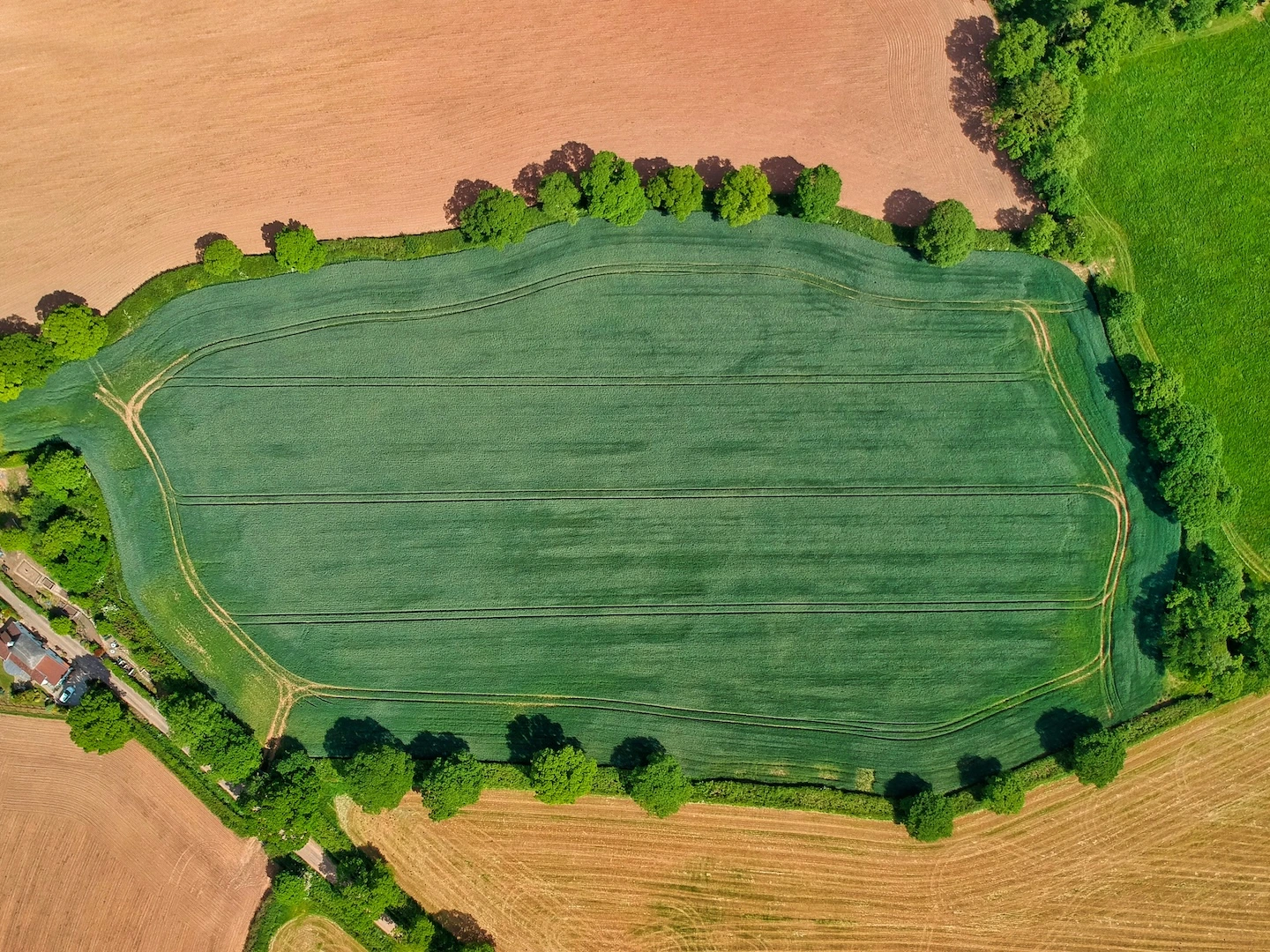£55.91
info Summary
This Capital Grant item provides £55.91 per box for installing medium wildlife boxes, creating artificial nesting, roosting, and hibernation sites for specific mammals and birds like dormice, tree sparrows, and targeted bat species, thereby enhancing biodiversity.
format_list_bulleted What to do
- Place each box in an appropriate location
- Clean out boxes in the autumn, unless used by hibernating or roosting bats
schedule When to do
- Clean out boxes in the autumn, unless they are being used by hibernating or roosting bats
checklist How to do and evidence required
You must keep photographs of the completed work and provide them with your claim.
You must also keep and provide on request:
- any consents or permissions connected with the work
- receipted invoices or bank statements where a receipted invoice is unavailable
- photographs of the proposed site for each box
- a record of the date you clean out the boxes (unless they’re used by bats or invertebrates)
Read the record keeping and site visit requirements in the Agreement holder’s guide: Capital Grants, Higher Tier capital grants and Protection and Infrastructure grants for more information.
If you’re applying for this item as part of a Countryside Stewardship Higher Tier (CSHT) application, read the record keeping and site visit requirements in the CSHT agreement holder’s guide.
tips_and_updates Additional Advice
Locating boxes for different species
- Keep boxes in their original location if in use; if not used after year 3, seek relocation advice from Natural England.
- Strap boxes to trees with wire and hose or rubber to prevent damage.
Dormice boxes
- Place in ancient woodlands or large hedgerows, avoiding isolated trees.
- Install in batches of at least 10 (ideally over 50), spaced 10m to 20m, with around 30 boxes per hectare.
- Position 1.5m to 2m above ground (over 3m if public access) and away from footpaths.
- Use untreated timber and follow the Peoples’ Trust for Endangered Species box construction guidance.
Tree sparrow boxes
- Locate in farm buildings or hedgerow trees, ideally near permanent water.
- Ensure boxes are away from bird feeders, cats, and squirrels, with a secure lid.
- Position out of direct sun for part of the day; use preservative-free wood at least 15mm thick with a 28mm entrance hole.
- Follow RSPB and British Trust for Ornithology guidance.
Bat boxes
- Use boxes large enough for a maternity colony to cluster and conserve heat.
- Ensure boxes are dry, rainproof, and draught-free, with a slit entry at the base (front or back) no more than 15mm to 20mm wide.
- Follow Bat Conservation Trust guidance.
- Place sheltered from strong winds and sun for part of the day, close to a hedgerow or tree line, with boxes facing different directions for varied temperatures.
Protected species
- Be aware that bats and their roosts are protected; a licence from Natural England is required to inspect bat boxes used by bats.
View Official Guidelines
Access detailed information about this action on the RPA website

